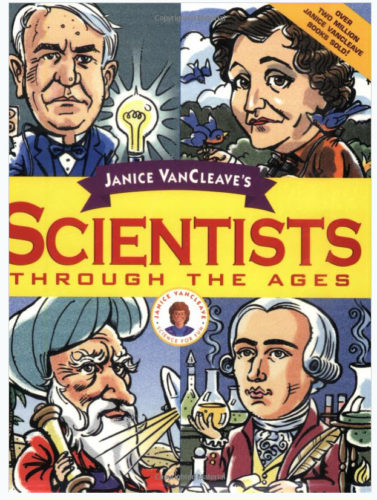Archimedes discovered that fluids, such as air or water, apply an upward force on objects that are partially or totally submerged in the fluids. Such object are said to have buoyancy (the tendency to float when placed in a fluid). The upward force of fluids is called a buoyant force. A buoyant force is equal to the weight of the fluid that the object in the fluid displaces. This natural law is called Archimedes’ principle.
A heavy ship can float on water because it is not solid through out. Instead, the ship has many hollow areas which results in the ship having a large volume. If the ship were compressed (pressed together) into a solid block, it would weigh the same but its volume would be much less. The small solid block of metal would displace less water than the large hollow metal ship and its buoyancy would be less.
Discover For Yourself
Purpose: To determine why a heavy ship floats.
Materials:
two 12-inch (30-cm) square pieces of aluminum foil
20 paper clips
small bucket
tap water
Procedure:
1. Wrap one of the foil squares around 10 paper clips and squeeze the foil into a tight ball.
2. Fold the four edges of the second foil square to make a small boat. Place the remaining 10 paper clips in the boat. Spread the clips as evenly as possible.
3. Fill the bucket about three-fourths full with water.
4. Set the foil boat and ball on the surface of the water in the bucket.
Results The boat floats and the ball sinks.
Why? The ball and boat both have the same weight, but the ball has a smaller volume than does the boat. The weight of water pushed aside by an object equals the buoyant force of water pushing upward on the object. The hollow boat has a larger volume than the compressed ball, thus it displaces more water. This results in a greater buoyant force on the boat than on the ball. Since the boat floats, you can conclude that the upward buoyant force of the water is greater than the downward force due to the weight of the boat.
Profiles of some of history’s greatest scientists– and fun experiments that demonstrate their theories!
Scientists Through the Ages
(Paid Link)
